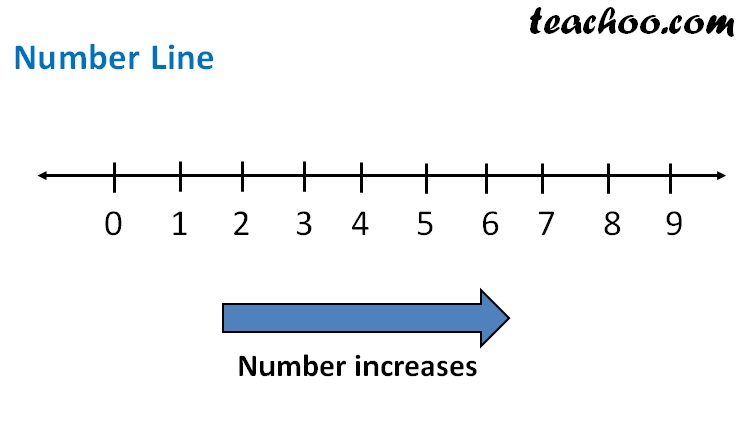How are Whole Numbers and Real Numbers different?

The whole numbers are the positive integers from 0 to infinity that is used in the number system. These figures can be found on the number line. As a result, they’re just real numbers. All whole numbers are real numbers, but not all real numbers are whole numbers, we may assume. The symbol to represent or denote a whole number is the capital letter ‘W’ i.e. W = 0, 1, 2, 3, 4, 5, 6, 7, 8, 9, 10, 11, 12 and much more.
What are Whole numbers?
Whole numbers are numerical values that have no fractions and are completely made up of positive integers and zero. The symbol for it is “W,” and the numbers are 0–1, 2, 3, 4, 5, 6, 7, 8, 9,………… Nothing or a null value is represented by zero as a whole.
What are Real Numbers?
A mixture of both rational and irrational numbers is named as a real number. They are represented by the letter “R” and can be positive or negative. This category includes all natural numbers, decimals, and fractions. Except for complex numbers, every number we can think of is a real number. The union of the set of rational numbers (Q) and the group of irrational numbers ( Q) is the set of real numbers, denoted by R.
Real Number System
All numbers except complex numbers are named as real numbers. The real number system has the following five essential subsets:
- Counting objects gives the set of natural numbers in our entire number system: N = 1, 2, 3, …
- The set of natural numbers along with 0 on a number line represents the set of whole numbers in the number system: W = 0, 1, 2, 3, …
- Measurement of debts, temperatures, etc., invariably fall under the category of integers: Z = …, -3, -2, -1, 0, 1, 2, 3, …
- If we cut a pizza into equal pieces, then we have a piece that represents and can be called or expressed as a fraction. This is an element of the set of rational numbers, that is denoted as a capital letter (Q)
- The numbers that have square roots of positive rational numbers, cube roots of rational numbers, etc.
Symbol of Real Numbers
Since the set of real numbers in the number system, it is the collection of all rational and irrational numbers. The real numbers in the system are represented by the symbol that has the capital letter R. Below is the list of the symbols of the other types of numbers in the number system:
- N – Natural numbers
- W – Whole numbers
- Z – Integers
- Q – Rational numbers
- Irrational numbers
Essential Properties of Whole and Real Numbers
Arithmetic operations such as addition, subtraction, division, and multiplication are used to define the properties of whole numbers. When two whole numbers are combined or compounded, the result is a whole number. Subtracting two whole numbers can or may not produce whole numbers, which means they can be an integer. Furthermore, in some cases, dividing two whole numbers yields a fraction.
- Closure Property: They can be closed under the mathematical operations addition and multiplication.
- Commutative Property of Addition and Multiplication: The sum and product of two whole numbers given in a number set will be the same whatever the order they are added or multiplied in.
- Additive identity: When a whole number is added to 0, its value invariably remains unchanged.
- Multiplicative identity: When a whole number is multiplied by 1, its value invariably remains unchanged.
- Associative Property: When whole numbers are being added or multiplied with mathematical operations in a set, they can be sequenced in any order, and the result will be the same.
- Distributive Property: If x, y, and z are three whole numbers, the distributive property of multiplication over addition over subtraction is stated accordingly.
Follow us on Telegram, Twitter, Facebook, or subscribe to our weekly newsletter to ensure you don’t miss out on any future updates. Send tips to info@techtrendske.co.ke


